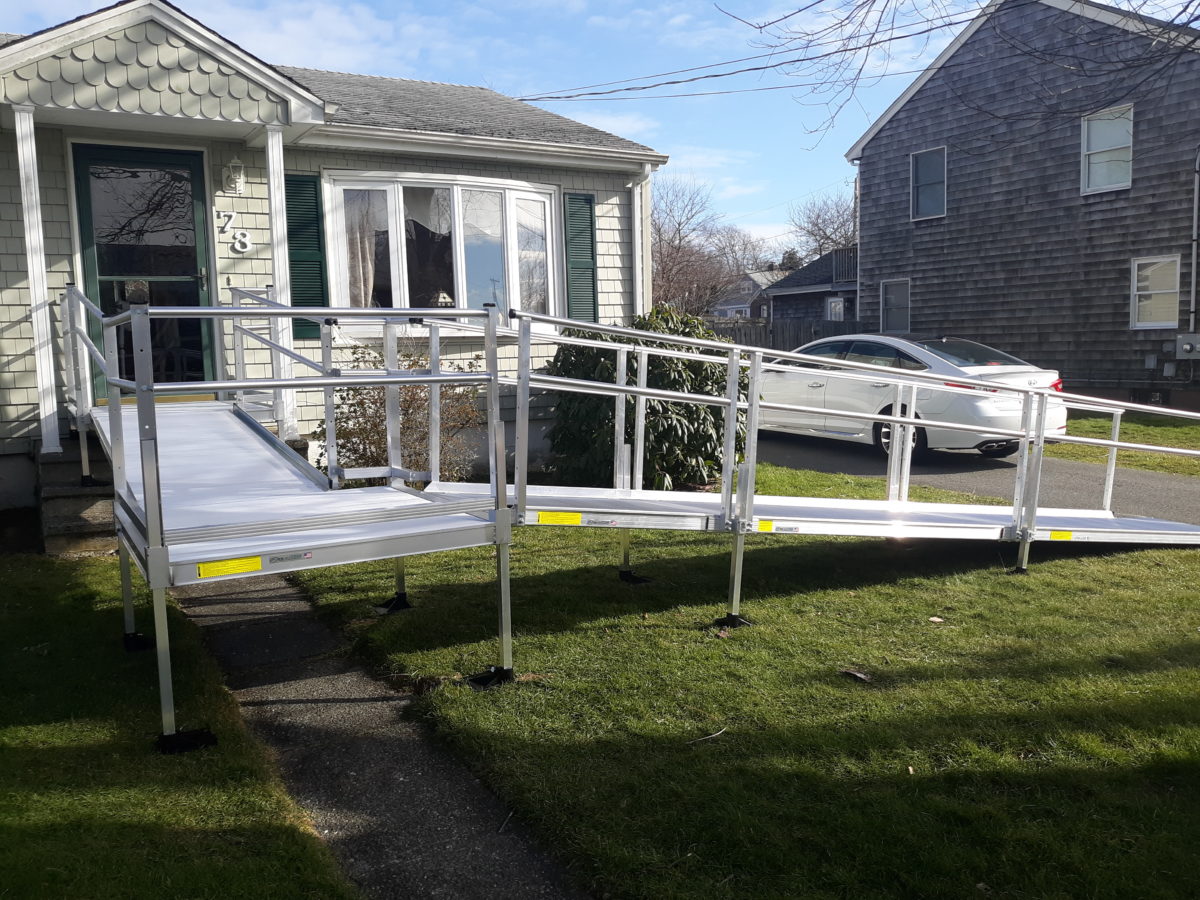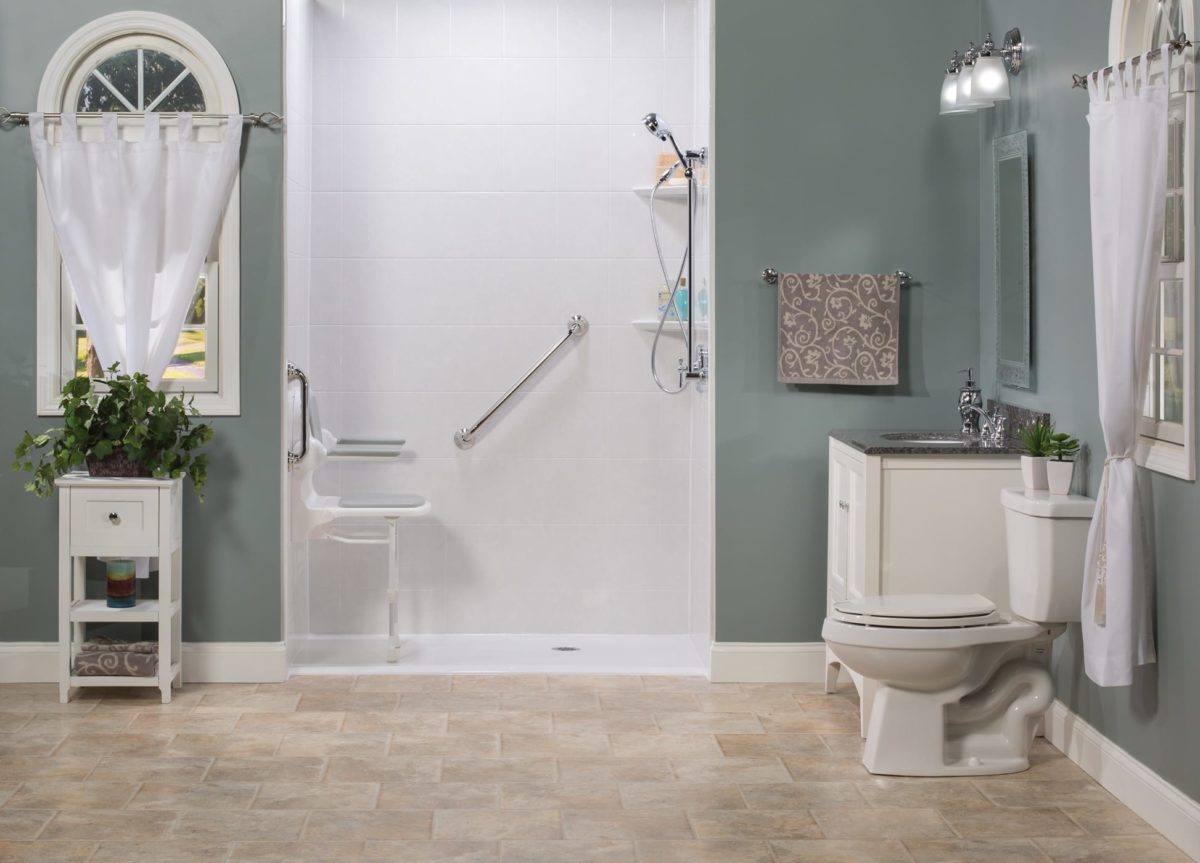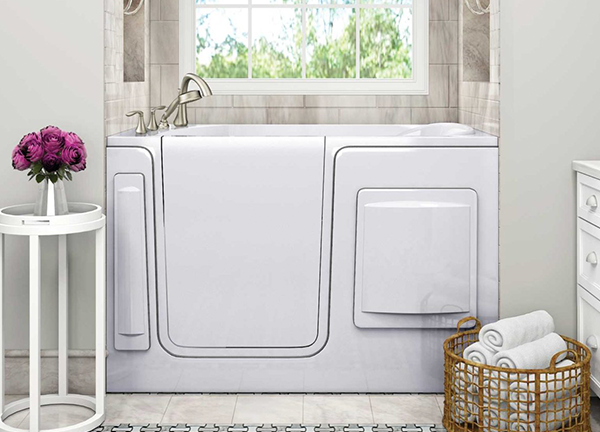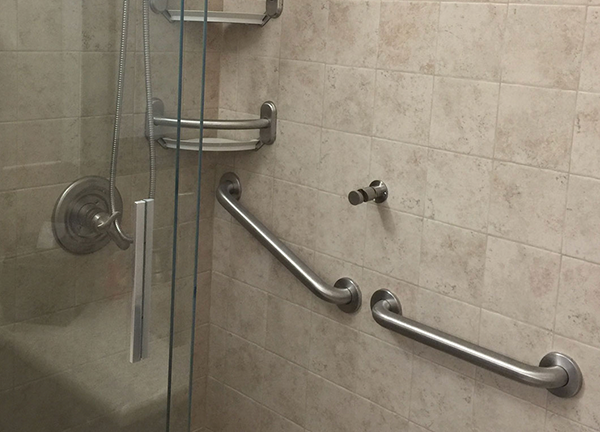If you are a handicapped homeowner in Rhode Island, you know how important it is to have an accessible home. One of the most important accessibility features is a residential wheelchair ramp. But where do you start when it comes to installing a wheelchair ramp?
Determine Your Ramp Type
The first step in installing a residential wheelchair ramp is to determine what kind of ramp you need. There are several types of ramps available, including modular ramps, threshold ramps, and portable ramps. The type of ramp you choose will depend on your specific needs and the layout of your home. Modular ramps are a good choice if you need a permanent ramp and have plenty of space for installation. Threshold ramps work well for smaller entrances or for indoor use, while portable ramps are ideal for use on-the-go.
Get a Permit
Once you’ve determined what type of ramp you need, you will likely need to obtain a permit from your local municipality. The permit process varies depending on where you live, so it’s important to check with your local government to find out what steps you need to take. Many municipalities require you to submit plans for your ramp, so be sure to have them ready before applying for your permit.
Choose a Contractor
When it comes to installing a residential wheelchair ramp, it’s important to choose a qualified contractor. Look for a contractor who has experience with wheelchair ramp installation and who is licensed and insured. It’s also a good idea to get referrals from other handicapped homeowners in your area to find a reputable contractor.
Determine Your Budget
The cost of installing a residential wheelchair ramp can vary widely depending on the type of ramp and the complexity of the installation. It’s important to determine your budget before starting the installation process. However, keep in mind that a wheelchair ramp is an important accessibility feature and can improve the value of your home if you ever decide to sell it.
Maintain Your Ramp
Once your residential wheelchair ramp is installed, it’s important to maintain it properly. Regular cleaning and maintenance will help prolong the life of your ramp and ensure it remains safe for use. Be sure to follow the manufacturer’s recommendations for maintenance and inspection, and address any issues promptly to prevent accidents or damage.
Residential Wheelchair Ramp
Installing a residential wheelchair ramp is an important investment in your home and your accessibility. By following these steps, you can get started with the installation process and ensure that you end up with a safe and reliable ramp that meets your specific needs. Remember to work with a qualified contractor, obtain any necessary permits, and maintain your ramp properly to ensure it remains in good condition for years to come.
Contact Home Mobility Pros for your residential wheelchair ramp needs today. Our team can help you determine the right type of ramp for your home and provide professional installation services. Don’t wait any longer to make your home more accessible – start planning for your wheelchair ramp installation now. With Home Mobility Pros, you can have peace of mind knowing that you will receive high-quality products and exceptional customer service every step of the way. Let us help you make your home more accessible and comfortable for you or your loved ones with our residential wheelchair ramp solutions.








